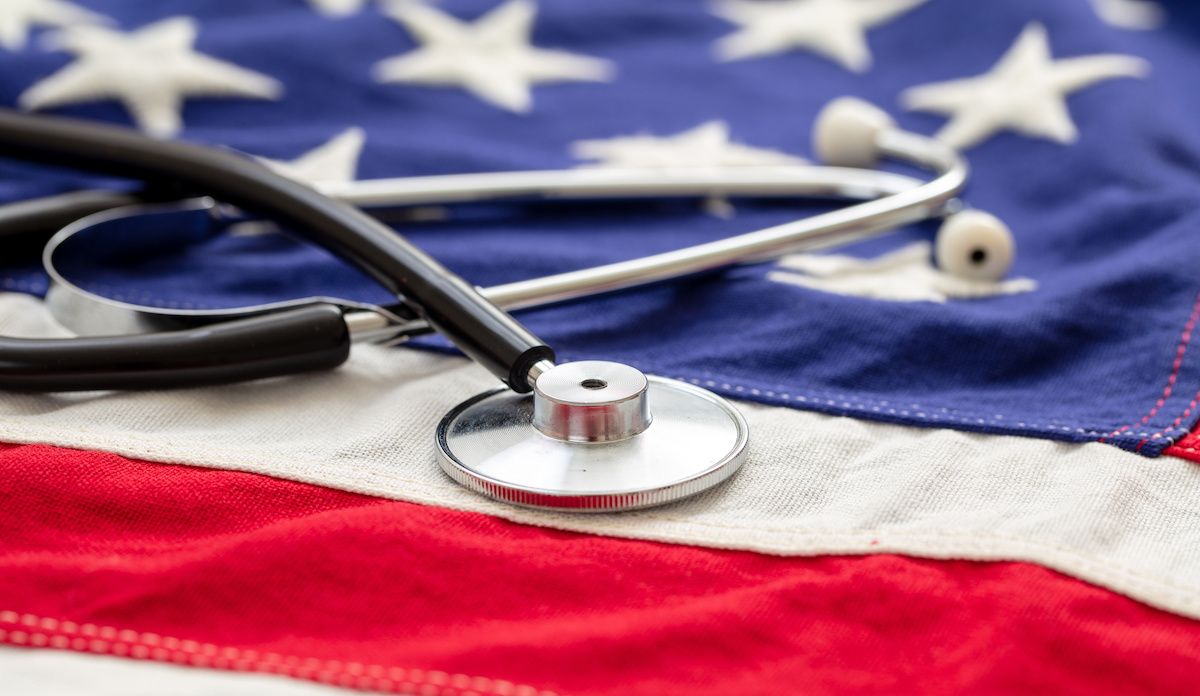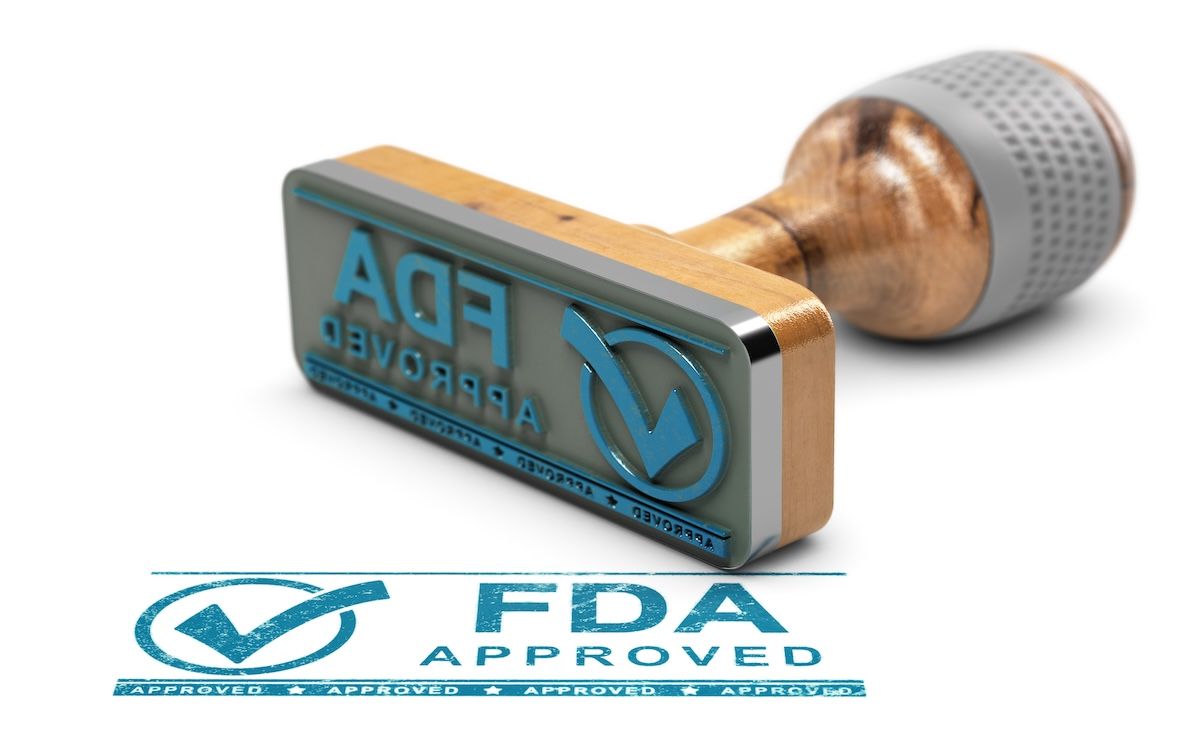Video
Shaping COVID-19 Vaccine Education in the Workplace Through Communication, Prevention
In guiding employers on their education efforts regarding COVID-19 vaccines, a communication strategy characterized by fact checking, employee empowerment, and prevention is warranted.
In guiding employers on their education efforts regarding COVID-19 vaccines, a communication strategy characterized by fact checking, employee empowerment, and prevention is warranted, said Christine Brophy, vice president of behavior change for Vitality.
Transcript
AJMC®: Hello, I'm Matthew Gavidia. Today on the MJH Life Sciences’ Medical World News, The American Journal of Managed Care® is pleased to welcome Christine Brophy, vice president of behavior change for Vitality, who will speak on a recent survey by her organization on affiliated members’ perception toward the COVID-19 vaccine, as well as a global toolkit on COVID-19 vaccine education for employers and the broader community.
Great to have you on, Christine, can you just introduce yourself and tell us a little bit about your work?
Brophy: Sure, thank you, Matthew. So, yes, my name is Christine Brophy and I've been with Vitality now for just under 22 years. What I do here is really work on campaigns and health initiatives to help our members engage in healthy behaviors. So, I do a lot with engagement campaigns, and just help with our global development of the product.
AJMC®: In the survey, it was found that approximately 30% of respondents have not decided or don’t plan to get a COVID-19 vaccine. How can the vaccine toolkit help engage workers, particularly those waiting to see how the vaccine fares nationwide?
Brophy: Sure, using surveys is really a technique that we've used for a very long time to help us better serve our population, it's a pretty common starting point for us. So, especially like a year ago, when the pandemic started, it was how we set out to engage with our members to understand their situation, and then to rapidly address their needs.
So, it was a natural starting point as we were following the rollout of vaccines and we knew that if we could identify our members’ intentions, that we could really help them navigate what we expected to be a potentially complex rollout. After we closed the survey down, we actually had about just under 70,000 members who did let us know what their intentions were, and those insights that we gained really helped us confirm what we suspected, but then also prioritize our approach to building out this toolkit.
I'll just say that, in addition to serving our members, we also reached out to some of our clients to hear about lessons that they were learning if they were involved in phase 1 of the rollout, along with what was happening with the EEOC [Equal Employment Opportunity Commission] and their guidance.
We were hearing that both our employers and our members wanted some guidance, so we did prioritize this toolkit and it really helped us figure out which tools to grab out of the behavioral science toolbox to get busy addressing those needs.
AJMC®: Delving into the Vaccine Toolkit designed to help guide employers in their education efforts on the COVID-19 vaccine, can you discuss the design of the toolkit and what materials and information are provided?
Brophy: Sure. So, we know our employers are juggling a lot of logistics during these times, and just like our members, they needed timely insights that could be easily actioned. As we created this blueprint, we focused on how to address the hesitancy using the principles, and it really started with helping to empower them with a solid communication strategy, knowing how important that is to motivate people.
So, the strategies that we put together were really in a simple consumable format, just to guide them to really focus on increasing information accuracy, and letting them know the important role that they can play in reducing barriers and establishing incentives, in creating social norms, just in terms of how they made information available about how they were approaching the vaccine and so on.
In this toolkit, we created engagement checklists, like really visual, “do this and don't do that” sorts of examples, how to offer incentives or communicate the offering of incentives, and how to encourage vaccines. We know to be effective, it's not about trying to change a person's belief system, it's really just important to be sensitive to that and consider that as you provide important education and information about the behaviors that can help stop the spread of the virus.
So, everything was about shaping behavior with sensitive and timely communication and reducing their work by showing up with the communication tools, assets, examples. We've hosted webinars; we've given them instructions on how to create video testimonies of inspiring stories of people getting vaccinated.
We've actually been able to create a few of our own because of the answers we've gotten in surveys. There’s a really emotional moment there to capitalize on when people want to share that they've been vaccinated, and really for some how life-changing it is to be on the other side of the risk of the virus.
AJMC®: Building on something you just said, how can the toolkit guide employers on accommodating workers who may opt out of receiving a vaccine due to distrust or religious reasons?
Brophy: Given the phased rollout of the vaccine, we knew we had quite a bit of runway that we could use to reach our members and get them to learn more about how the vaccine was developed, its safety, and so on and so forth.
So, it was really important to use that runway and not stop having important conversations with people about virus prevention just because they had decided they didn't want to get vaccinated. And there's been a lot of people who are in this sort of wait and see mode, and we wanted to make sure that we could fill that space while they were waiting.
So, the same behavioral insights that informed our toolkit were used to form what we're calling our Stay Safe Together campaign, and applying a lot of the same approaches that resonated with our members when we launched We’re in This Together a year ago.
The Stay Safe Together campaign is a series of 3 interactive goals that focus on know the facts, recommit to your role in the space of prevention and what it means to you and why you choose to stay committed, and then stay safe, which is a goal around tracking all the different behaviors tied to preventing the spread of the virus to really help them focus on these 3 distinct areas to better understand that prevention is power in a world that really now includes the coronavirus.
We took a look at where we are today vs a year ago, and we think we're all suffering from information overload and COVID-19 fatigue. So, we wanted to create a sense of community, and to make it interactive and more fun.
We wanted to offer a different way for members to engage, and we're offering things like bingo cards and games, crossword puzzles, so it's not just about, here's some more information for you to think about, but really kind of turning that around into some activities and engaging ways to show what you know. Then once a member completes all of these 3 goals, we give them a virtual badge that just officially invites them into our Stay Safe Together community.
AJMC®: To learn more, visit our website at ajmc.com. I’m Matthew Gavidia, thanks for joining us!




